Over and Out
Revenge bombing of Chris Marquis by Christopher Dean
When a bomb from an unknown sender kills a 17 year old and severely injures his mother, police soon discover he wasn't exactly an innocent kid.
Original air date: December 26, 2005
Posted: January 15, 2022
By: Robert S.
Season 8, Episode 32
In the small town of Fair Haven in Vermont, Chris Marquis had made quite a name for himself among CB radio enthusiasts. He was knowledgeable about both enhancements and repairs, and he'd met his girlfriend of two years over the radio. But Chris' notoriety was more like infamy. Marquis was only 17 years old, but when communicating over the radio and online, he portrayed himself as a 27-year-old business owner and husband. But these weren't the most egregious of his fabrications. Chris also developed a reputation of scamming his customers, mostly using the anonymity of the internet.
In March 1998, Chris had been avoiding several days of phone calls from a disgruntled customer he had scammed. The angry customer was a gentleman from Indiana, so Chris didn't connect this to a package that arrived from a "Samantha Brown" in Ohio. His mother Sheila handed Chris the package and remained in the room as he opened it. Inside was a smaller box wrapped with string. Upon cutting the string, there was a violent explosion that no one could have expected.
After partially recovering her hearing from the explosion, Sheila could hear her son moaning from across the room. But as she tried to make her way over to assist, she collapsed and discovered that a shard from the bomb had shattered her knee. Sheila also quickly realized that most of the fingers from her right hand were missing. But as grievously as she'd been injured, Sheila's son had suffered much worse. The bomb had torn away a large portion of Chris' thigh, severing his femoral artery.
Who was Samantha Brown? And was a $400 swindle enough of a motive to trigger a lunatic to send a bomb in the mail? Police would quickly identify a suspect, but it would take the accumulation of physical evidence to build a case and lead to a conviction.

The Facts
Case Type: Crime
Crime
- Murder
Date & Location
- March 19, 1998
- Fair Haven, Vermont
Victim
- Chris Marquis (Age: 17)
Perpetrator
- Christopher Dean (Age: 35)
Weapon
- Bomb
Watch Forensic Files: Season 8, Episode 32
Over and Out

The Evidence
Forensic Evidence
- Bomb fragments
- Composition match: Chemical
- Computer data
- Handwriting
- Matching item: Bomb-making components
- Product lot numbers
- Purchase record/receipt
- Time cards/work records
Forensic Tools/Techniques

Usual Suspects
No Evil Geniuses Here ?
- None occurred in this episode
Cringeworthy Crime Jargon ?
- None uttered in this episode
File This Under... ?
- No crime show commonalities in this episode

The Experts
Forensic Experts
- None featured in this episode
Quotable Quotes
- "And I did realize that I was hit because my fingers were gone. I tried crawling to Chris because he was moaning, and that’s when I realized that my knew wasn’t there and that I couldn’t get to him." - Sheila Rockwell: Chris' Mother
- "A large piece of the shrapnel in this case went towards Christopher Marquis’ leg and essentially blew a large hole in his thigh and severed his femoral artery and he bled to death." - Paul Van Der Graaf: U.S. Attorney
- "Chris Marquis made enemies by not living up to the agreements that he had made with individuals on purchasing and selling of CB sets and other various equipment." - Chief Viger: Fair Haven Police Dept.
- "Mr. Dean was very angered, and one time his wife actually called Christopher Marquis and indicated he husband was quite upset and may be travelling to Vermont, and that he would not be very happy if he did." - John Hersh: (Ret.) FBI Agent
- "If an investigator were looking for evidence of searches for pipe bomb material on the internet, uh, it is not difficult to locate, especially if the computer user himself is not savvy in how to cover his tracks." - Jason Stanford: Computer Consultant
- "I characterize this computer label as a computer fingerprint. It was conclusive in my mind that somebody had … that this bomb was associated with that house. That somebody had created the address label used in this bomb at the Dean residence." - Paul Van Der Graaf: U.S. Attorney
Find a typo or issue with the details of this case? Leave a comment below, or contact us!

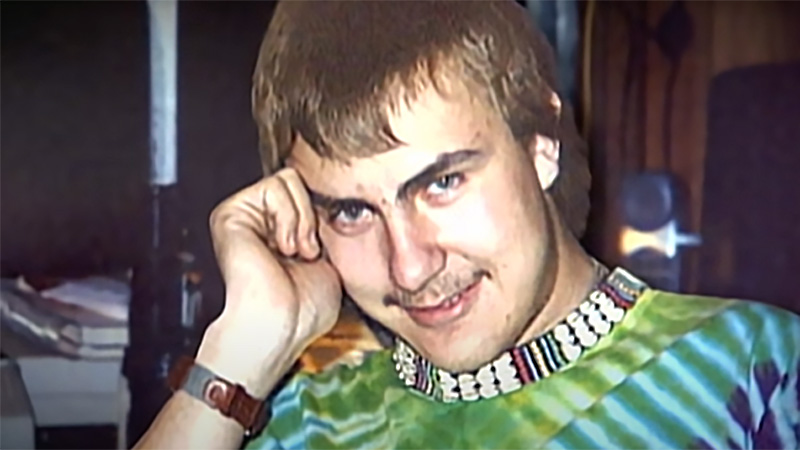
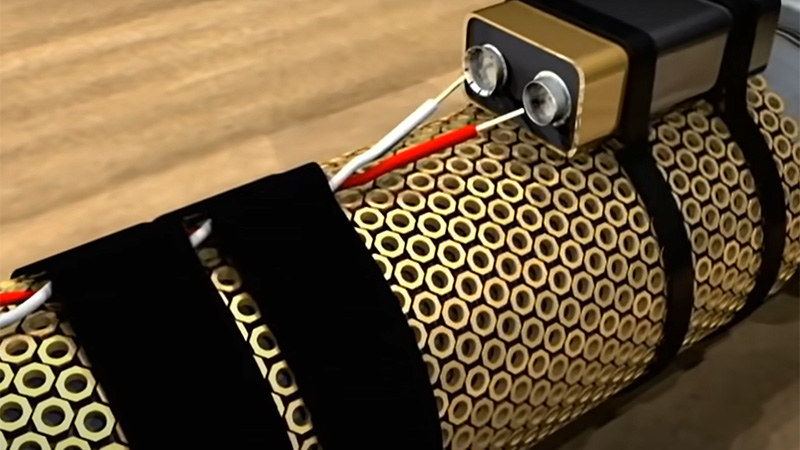
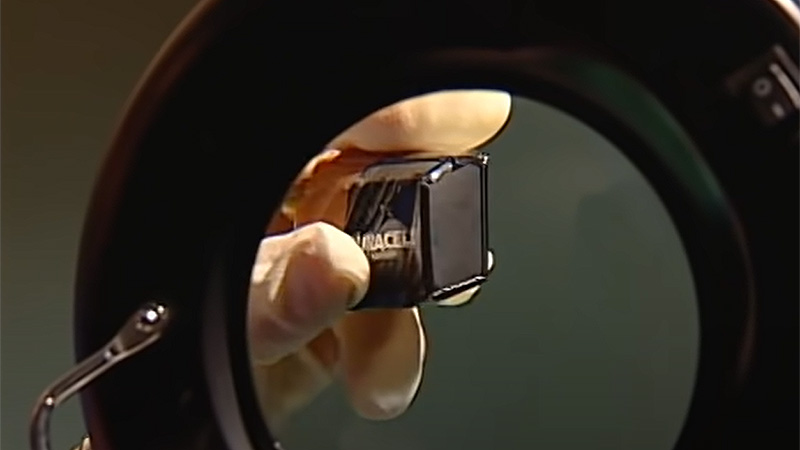
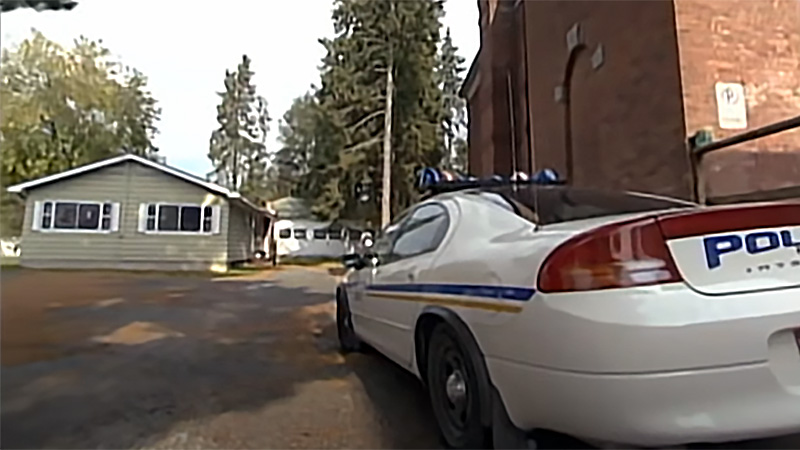
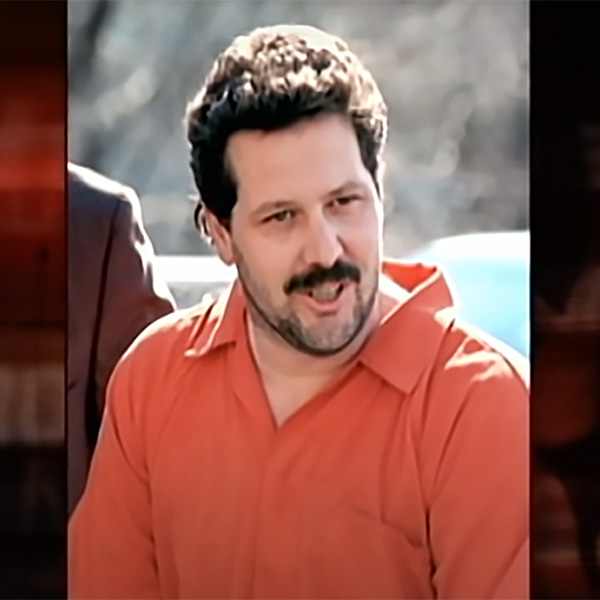
Fans' Corner
Add new comment
No comments yet - start the conversation above.